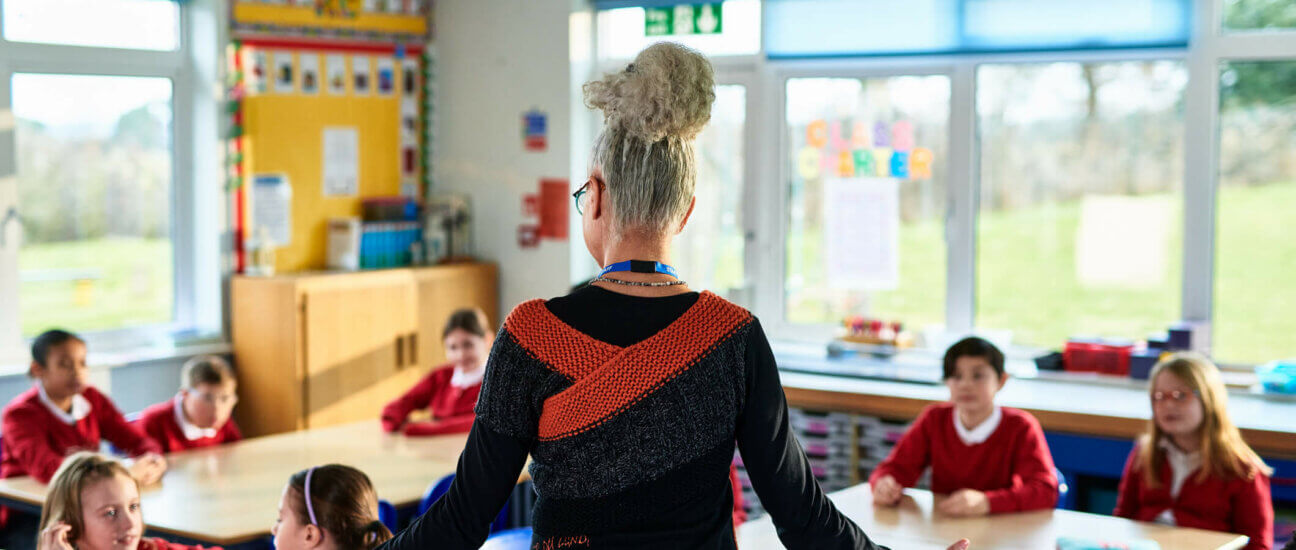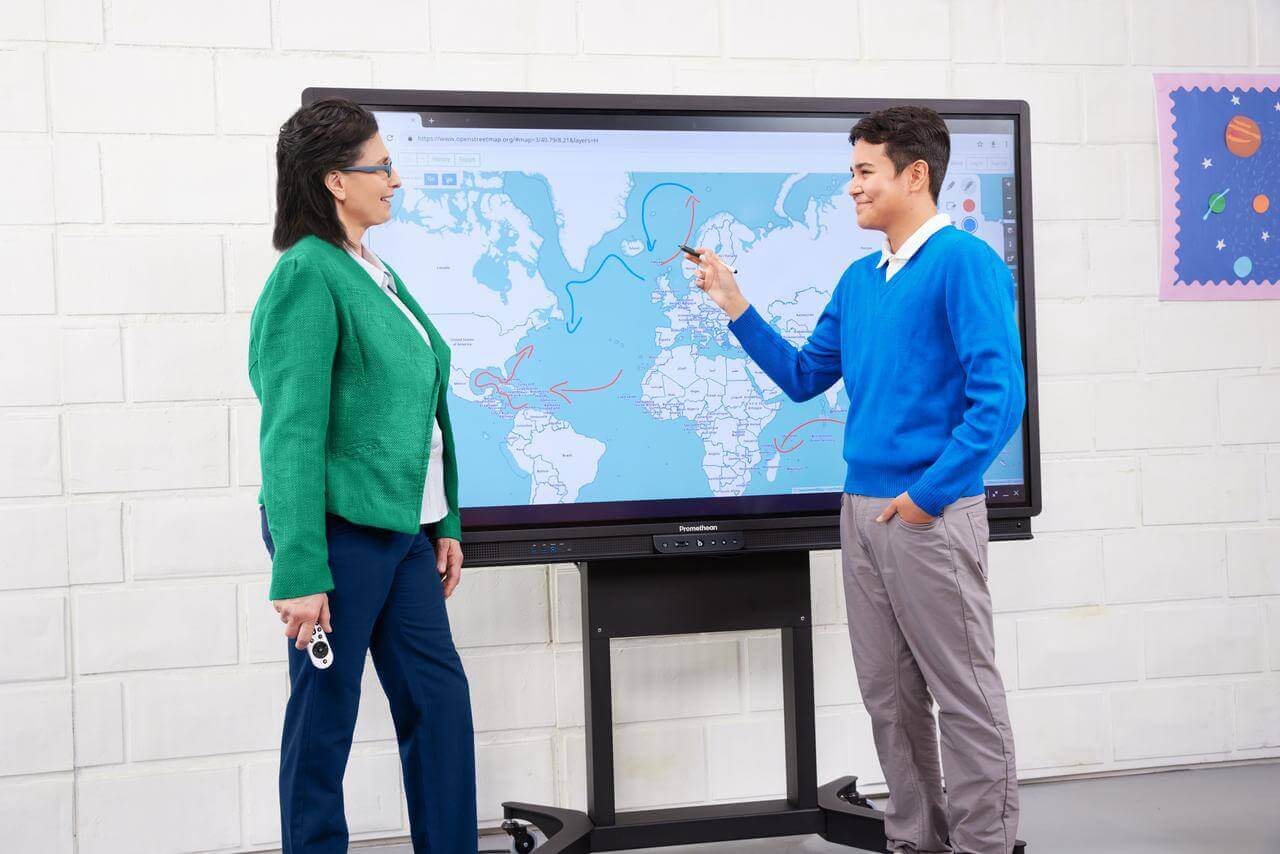Technology has changed the world of teaching and learning. However, despite gifting schools with access to new resources, collaborative learning tools, and increased flexibility, some teachers are still dubious about the benefits technology can deliver to the classroom.
When it comes to traditional education vs. modern education, which is better?
Technology cannot, of course, replace teachers. Despite the amount of time most pupils spend glued to a screen, virtual learning will never recreate the teacher-student bond. No former student has ever sent a heartfelt letter to a computer years after leaving school to thank it for going that extra mile to get them where they are today! But, when it comes to the old education vs. modern education debate, is the conflict really necessary?
The reality is that advancements in educational technology are not about replacing teachers, or even traditional teaching methods. Instead, many of today’s modern teaching methods are simply an evolution of older techniques.
Who teachers are and who they teach remains the same.
What teachers stand for and what they aim to accomplish hasn’t changed.
Where teachers work and why they do what they do remains steadfast.
It is simply how teachers teach that has changed, using technology to help make their job easier.
The evolution of modern teaching methods
- Improved pupil/teacher interaction. Technology introduces many tools to help stimulate real-time teacher interaction with students. For example, while teachers used to put paper over a question on an overhead projector and remove to reveal the answer, today’s educational software has taken these methods and modernised them. In ActivInspire, for example, the Revealer Tool mimics this method, allowing teachers to hide and reveal information on screen.
- Increased efficiencies. Gone are the days when you had to save lesson content on a roller chalkboard or prepare each lesson on the chalkboard in advance. Now teachers can use interactive platforms to create new and import existing lessons that can be reused and refreshed.
- More inspiring learning. Historically, pupils learned from textbooks. However augmented reality, virtual reality, gamification, and 3D printers are now being used to create multi-sensory, immersive learning experiences. Just imagine the thrill of watching the battle of Waterloo from the comfort of the classroom!
- Reduced assessment burden. Rather than spending endless hours marking, teachers create and run assessments and export results quickly and easily with the ability to mark and collate responses at the moment of learning in real-time.
- Maximised learning time. Homework has long been used by teachers to help maximise learning. However, some schools are flipping the script, with pupils using technology to watch lectures outside the classroom, and complete corresponding tasks in school hours with teachers on hand to answer any questions. Support materials for an assignment can include a lesson, weblink, document, video, and assessment. Teachers can even set collaborative homework assignments.
- Improved personalisation. Everyone learns a little differently. Teachers have long strived to meet the needs of all their pupils, painstakingly setting and photocopying different assignments or assessments for different pupils depending on their abilities. Technology designed for the classroom makes this process a whole lot easier.
- Increased innovation. Digital skills are needed for a digital age. Historically, pupils learned these skills in computer-centered classrooms. Technology is now a core part of the learning experience across all subjects.
- Improved access to resources. Once upon a time, books were the only way to get your hands on valuable teaching material. However, educational tools provide access to a variety of online educational resources, and the latest web content to help supplement lessons; ensuring information is up-to-date and relevant.
- Greater pupil confidence. For years, teachers have been asking their classes questions in a bid to stimulate discussion and feedback, with eager students sticking their hands in the air. Today, technology lets pupils send their answers from their device directly to yours – promoting deeper learning and engagement while increasing the participation of all students.
- Improved pupil behaviour. Help create a more positive learning environment. Historically teachers would write or set a meeting to inform parents of their child’s behaviour. Today, teachers have access to apps such as Class Dojo, which lets them provide instant online feedback on a child’s conduct for everyone, including parents, to see.
To help your classroom benefit from modern front-of-classroom display, book a free, no-obligation ActivPanel demo and see how it can evolve your teaching methods.




